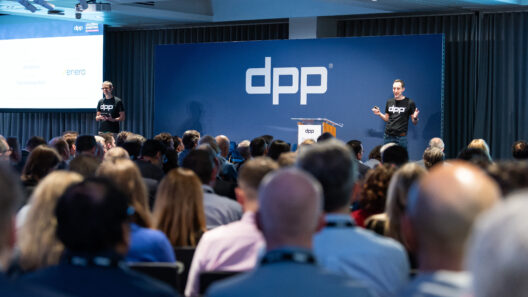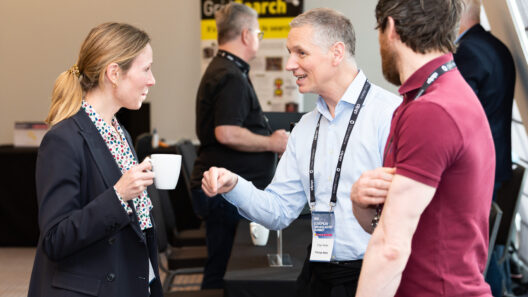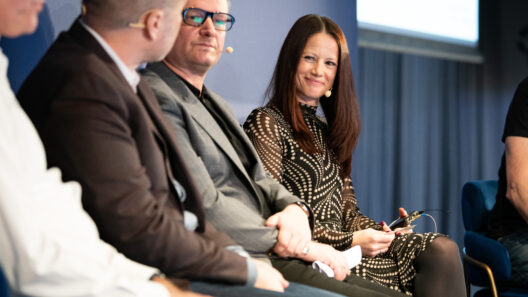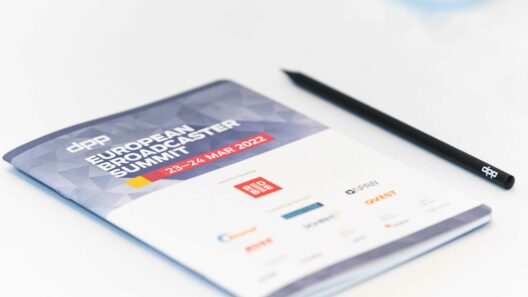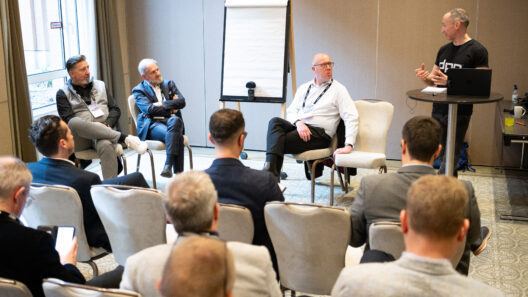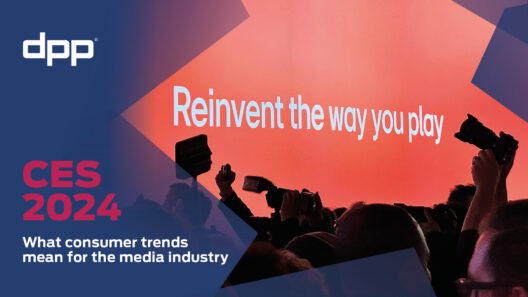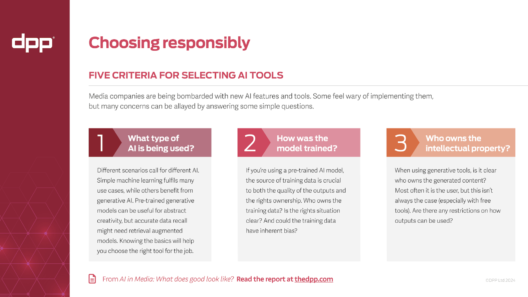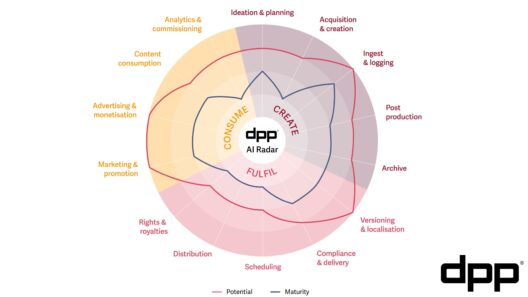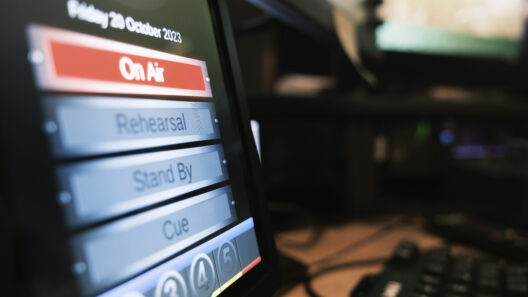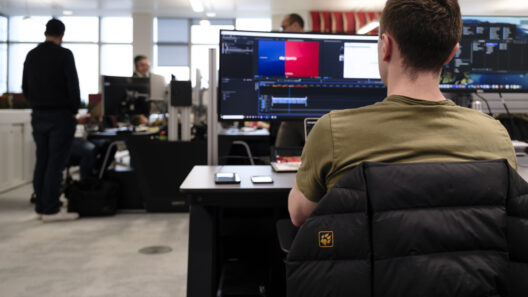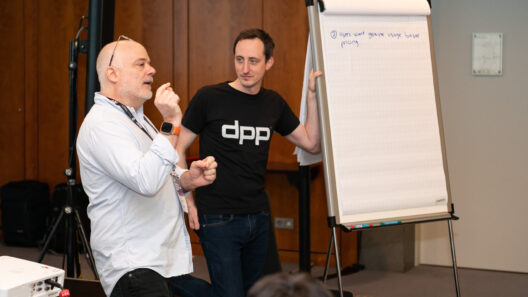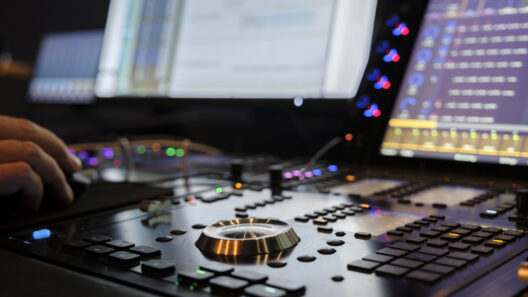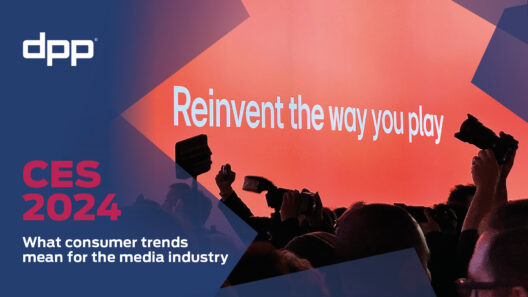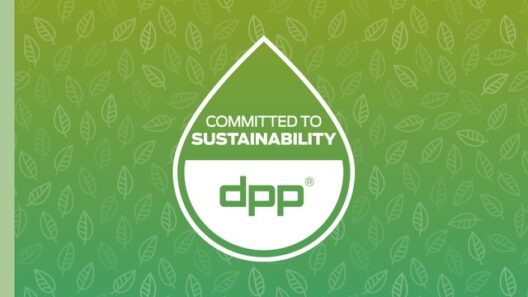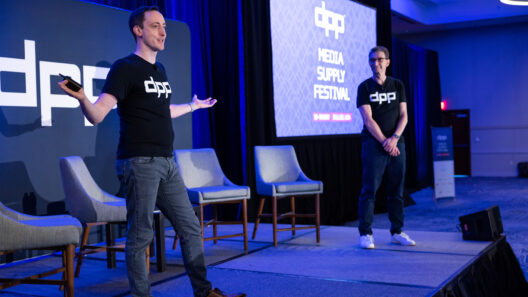
The Consumer Electronics Show (CES), which takes place each year in Las Vegas, is the biggest trade show in the world. This is the place where a staggering range of new devices and services are launched and lauded. And each year there are certain technologies that are the stars of the show. But is their prominence a genuine reflection of their importance – or merely hype?
Taking the temperature of CES
Each year the DPP writes an assessment of CES and what it means for the media industry. At the heart of our report is our CES Heat Map. In that Heat Map we make a subjective assessment of how ‘hot’ a particular technology seemed to be at that year’s show. Our scoring system is very simple. We rate technologies from 0 to 10 – where 0 is stone cold and 10 red hot. The bigger and redder the dot we place against each tech, the hotter it was.
Our Heat Map scores every CES since 2010, and now covers 25 different technologies. It makes for a fascinating record. But the question always remains: is hot tech at CES just as hot in the real world; and is cold tech just as cold?
To answer this question the DPP created a parallel assessment. Each year we now look into the market standing of our 25 technologies and assign them a real world heat score. This puts us in a position to assess the extent to which CES is over-hyping – or even under-hyping – particular technology.
Hotter than Las Vegas
When we performed this comparison this year, some interesting discrepancies emerged. Here are the scores for technologies that had a heat score difference between CES and the real world of at least two points.

You’ll immediately notice something surprising: far more technologies are hotter in the real world than they are at CES. How could that be? Surely the marketing dollars focused on those four days in Las Vegas in January are bound to hype most technologies beyond the bounds of reality?
There are three reasons for this seemingly paradoxical state of affairs.
Finding the story
The first is the herd effect of CES. Typically, a small number of big messages dominate so strongly that lots of other important technology gets left behind. AI is perhaps the best example of this. There was lots of AI at CES 2023; but wasn’t accompanied by a unifying story. The real story – that the AI market is projected to leap 154% from $118bn in 2022 to $300bn in 2026 – isn’t what makes headlines at a trade show. A trade show needs a new capability – such as when AI-enabled voice assistants first made it possible for humans to talk to their devices, in 2017.
Everything changed in 2007
The second reason is that consumer technology in general is cooling down. We can blame the smartphone for that. When the iPhone was launched in 2007 it changed everything. The smartphone quickly became the remote control for life – with almost every other consumer innovation relying upon it for adoption. The total smartphone economy – including the gigantic smartphone app estate – is now worth trillions. It’s hard for any other consumer technology innovation to get near that. Perhaps nothing ever will.
Industrial strength
And the third reason is the counterpoint to the second. Just as consumer tech has cooled, business to business (B2B) tech has warmed up. If you look at the table above, industrial IoT, AI, drones, 3D printing, security and 5G all have much bigger industrial markets than consumer ones. But you’re unlikely to find the same hype around B2B marketing as you will around consumer.
What does all this tell us? Well, it actually throws up another paradox. As CES cools down, it gets more interesting. As hype around specific technologies subsides, it makes it easier to get a sense of the overall evolution of technology. It invites us to spend more time looking at what’s important, rather than what attracted the most marketing money. The most interesting innovations in 2023 came in B2B technology – and we predict that trend will get even stronger next year.
Working out what’s truly hot, and what’s truly hype at CES has always been a challenge. But that challenge may just have got a little easier.
